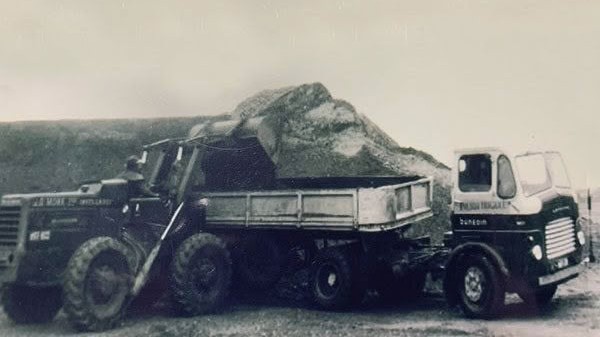
1) The Albion Steve’s father John drove for Maxwell Brothers. Where it all started.
If you were looking for a time and a place to mark the beginning of the Steve Martin story, it’s Dunedin in the mid-1950s and two young fellas on the side of the road with a broken-down car. One of the two was Steve’s father, John Martin. From Motueka, he had finished his building apprenticeship and decided a roadie with a mate was just the ticket for a break away.
Anyone could have happened along at that moment, but it wasn’t just anyone who did. Wib Maxwell of Maxwell Brothers fame idled up alongside.
“Are you fellas alright?”
“Yep, yep, we’ll be right.”
“Right-oh, then. Oh well, if you need a job to sort yourself out, come and see me.”
And at that point, we could go straight to the T610 on the cover and say The End … not really.
John decided to take Wib up on his offer and soon found himself driving an Albion and tipulator on the Bluff Harbour project.
A lot of John’s work came via the company’s commercial association with Fulton Hogan, and it was while on a roading job in Mossburn that he decided to pop into a local diner where working behind the counter was Aileen. He was looking at his sweetheart and future wife.
Eventually, they set up camp in Dunedin, and John moved on to work for local carrier R A Little on a meat run to Queenstown. They had two sons, Stephen in 1961 and Lindsay in 1962.
Fun fact time! As we know, Steve has pursued a wonderful career in trucking and Lindsay is a builder in Christchurch – now there’s a perfect paternal DNA occupational split!
“Dick Little bought Dad a brand new Mercedes-Benz 1923 4×2 tractor and he carted containers on an A-train, or logs via a dolly setup. A six-speed/ two-speed, it was an amazing truck, and he loved it. It had the two spare tyres mounted up behind the cab, side by side, and Dick reckoned that was all you needed for a log guard. He used to turn up at skids and the other log truck drivers would laugh at the single drive. Once in Tapanui, the crane driver said he’d give him a hand to get going, and then to everyone’s amazement, Dad and the Benz pulled up and away – half sideways climbing the hill leaving the site, and gone. When he got back for the second load, the crane operator said he’d been about the only one not towed that day.”
As Steve grew up, it was clear he was ‘diesel-powered’, and as soon as he was able, he was hanging around and eventually helping at the yard with whatever was happening – all the good wholesome activities: learning from the older men, riding in anything that moved, and helping with character- building stuff like furniture shifts. Obviously, he would eventually join the fold, and his first real truck was a V8 petrol-powered C1800 International that was stretched and repowered with a 175hp Scania motor by company mechanic Russell Turner. “It had a six-speed Gardner transmission and a three-speed auxiliary and was good for 85mph. I carted meat to the PPCS [Primary Producers’ Co-operative Society] cutting plant in the Kaikorai Valley.”
A change in the log fortunes saw Dick scupper that activity, and the Mercedes-Benz left the fold, much to John’s disappointment. His next steed was a new Leyland Crusader with a 290hp Detroit 8V71 – a truck he absolutely didn’t bond with, according to Steve.
“Dick eventually bought Dad a new Fuso and I was lucky enough to get the Crusader. I was about 20 years old by then and loved it – rain, hail or snow, the roof hatch was open and the windows down.”
The Crusader was eventually sold to Freightways OD Dave Bennet, replaced with a T81 Fuso, signalling the beginning of a happy association with the three-diamond marque for Steve. “I was heartbroken to lose the Crusader, but the Fuso was a good truck.”
R A Little was bought by Murray Samson in the early 1980s and Steve eventually found himself on a five-year-old International 3070, working one of the toughest physical gigs in the game – frozen meat deliveries from Dunedin through Central Otago. “That truck had done a genuine 86,000km, and I doubled the mileage in six months. The bloody heaters in them were diabolical. I used to tape butchers paper over the front to try and raise the water temperature and make the heater work better. Murray was going to swap it out for an Eagle but I said, ‘Just get me a new Mitsubishi.’ He asked what I wanted on it, and I said, ‘A bullbar and chrome everything.’ And so, he did just that. It was an FV315 towing a 36ft (10.1m) fridge semi, and was a really cool truck. I won the Golden Guitars truck show with it.”
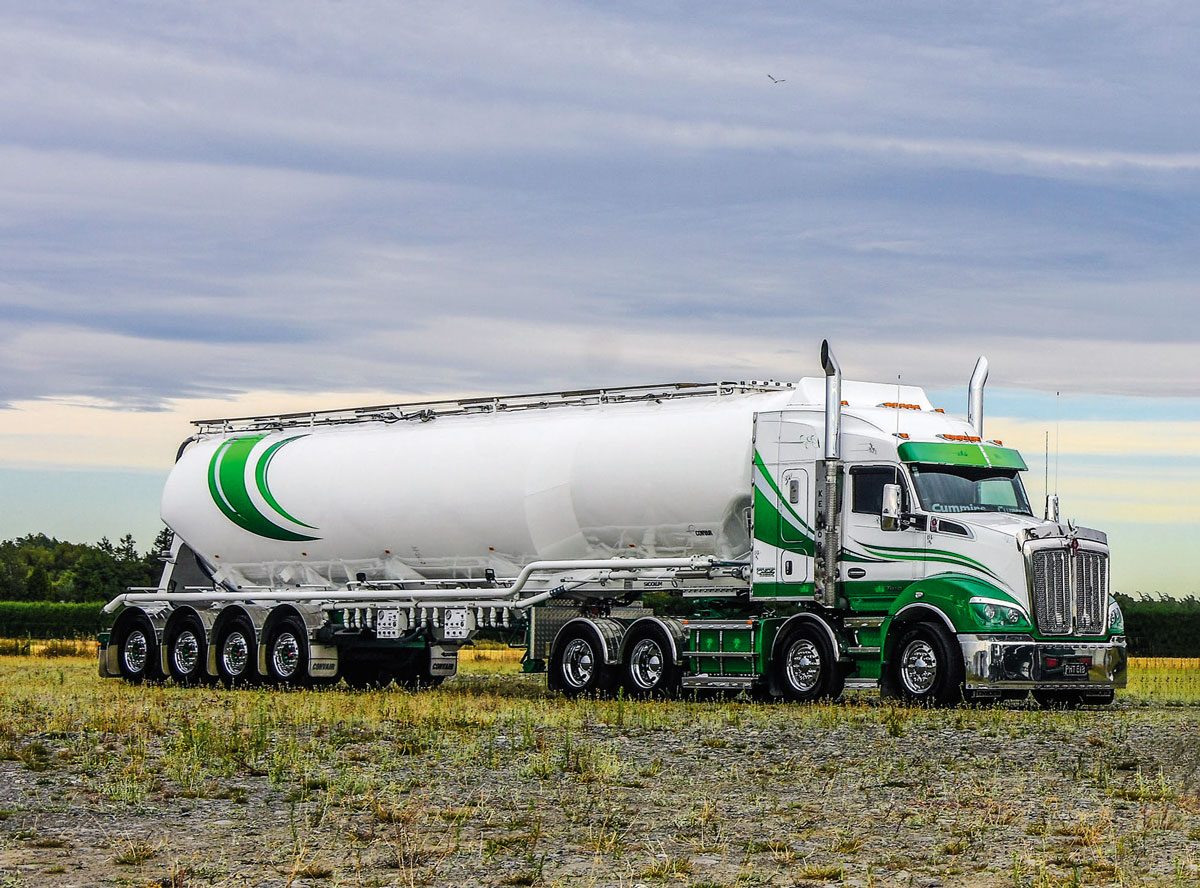
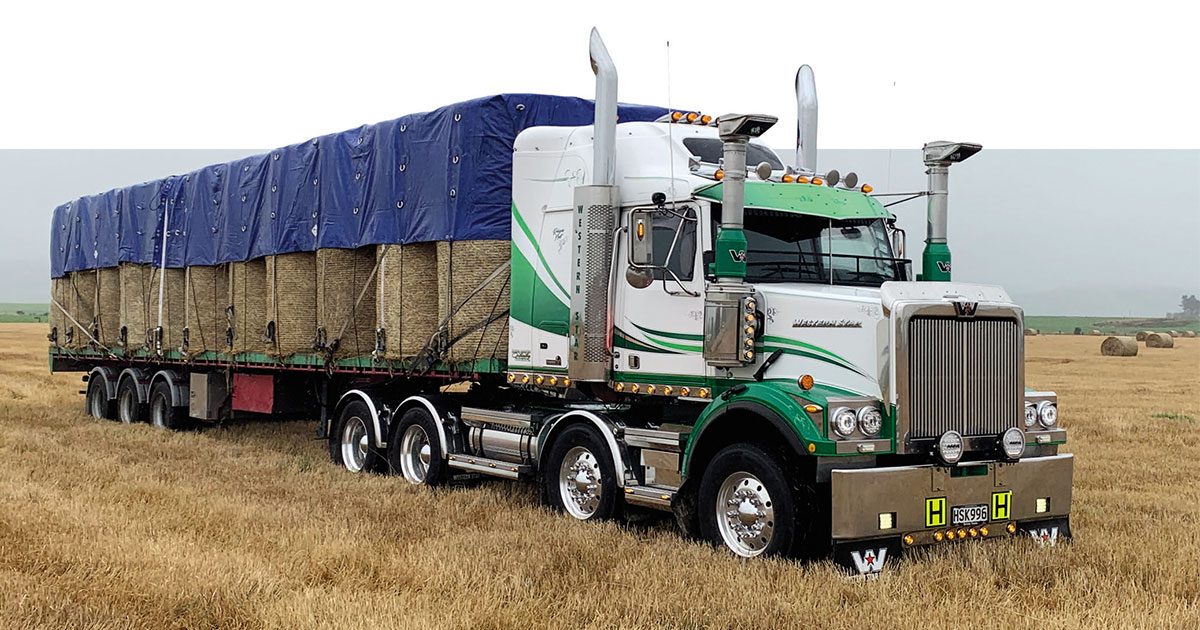
On linehaul now, as with Steve’s prior work, the trucks were double-shifted with the regular run commencing in Dunedin, carting general up to Christchurch, and then Invercargill produce south. Steve was required to be in Dunedin by 2am so the south leg driver could be at the Invercargill markets by 5am.
Next came consecutive Mitsubishi FV400 series trucks, and the second 400hp unit will always be remembered, not just for how well it went.
“I was having a break at the servo in Tīmaru about midnight and he just walked in and asked me where I was going and could he grab a lift!” The year was 1993, and ‘he’ was the one and only Tim Shadbolt – boisterous, 46 years old, and using the PR value of hitchhiking from Auckland to the deep south as the kick-start to a by-election campaign in Invercargill. Steve said though there was an element of truth, it wasn’t all PR. “It was the only way he had of getting down. He wasn’t that well-heeled at the time, apparently. He was genuine-as. I was heading right through that night and so he stayed with me. When we got to Invercargill, the telly was there, it was all go. He was great company, a really funny bloke. He was incredibly open and honest and probably told me more than he should have.” Steve laughs as he thinks back. “That truck is still around in the North Island, working as a mobile accommodation unit on movie sets.”
Then came two Ford Louisvilles, the first a Cummins N14-powered LNT, followed in 1995 by a truck he says was his pride and joy – an LTLA or LTL Aeromax. “It was a fantastic truck and a big deal at the time. I went to the launch in Auckland, and it was on the stand at Mystery Creek that year.” The truck lived up to its promise, too: the 321kW (430hp) Detroit 60 Series was, in Steve’s words, “an incredible motor”, running out to well over 1,000,000km without being touched.
But, the only constant is change and things were certainly changing in the business. After 20 years in the R A Little and Samsons fold, all the way from enthusiastic kid to frontline driver, Steve accepted a job offer from Alan Simms at Quality Bakers in the company’s bread distribution arm. “I started as a fleet driver for the first few years before the offer of an owner-driver position in 2004. That was a big deal for me.” Steve Martin Contracting was rolling.

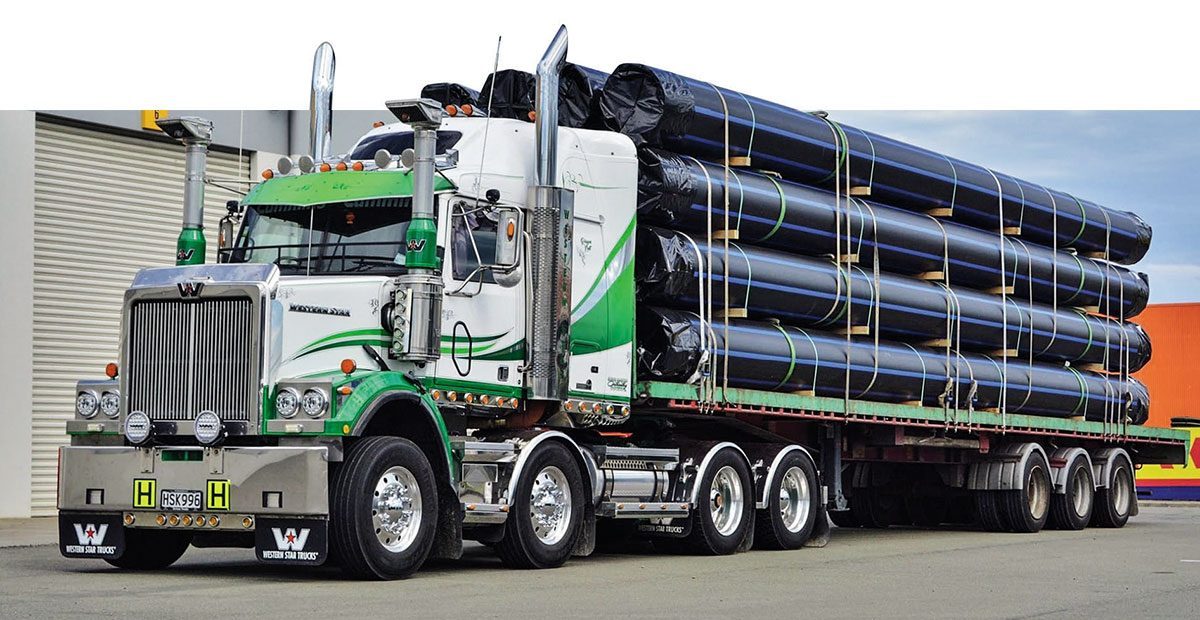
Steve’s first owner-driven truck was a Volvo FH460 day- cab truck and trailer, carting bread between Dunedin and Invercargill. In unison with his previous driving history, where at least two of the same brand followed in succession, that truck was replaced by an FH520 sleeper cab. Following a restructuring of the runs, bread gave way to milk, requiring the trusty Viking to be cut and tucked into a tractor unit so it could pull reefers. The new regular run was as familiar to him as the old – Dunedin/ Christchurch then home with stops in Ōamaru, and every second day a strop around Balclutha, Gore, Mossburn and Otautau, all in a six-days-a-week repeat cycle.
“Nothing wrong with the Volvos at all. They were bloody good trucks. But after the 520, they went to emissions fluid and I wasn’t ready for that.” [At that time, neither was the deep south network, to be fair – Ed.]
Then came the first headache. Unlike Guy and Helen Knowles, Steve didn’t escape the Cummins ISX EGR era unscathed, and the one in the Kenworth K108 Aerodyne that replaced FH520 was a troublesome child. “Five EGR coolers, three turbos, three radiators, and then a motor job all before 800,000km. Luckily it was on fleet management, so didn’t hurt me beyond inconvenience and having to cover it.” Then he rolls his eyes. “It’s been largely fine since the motor jobs so the owners after me have had a bloody good truck.”
In 2016, the first Freightliner Argosy arrived, a truck he still says today is without doubt the “cheapest truck to run I’ve ever owned. Both of them!” He glances across at ‘the old girl’, the original flour tanker tractor, now used as a backup to the two T610s and says, “950,000km and all it’s had is a clutch. That’s it.”
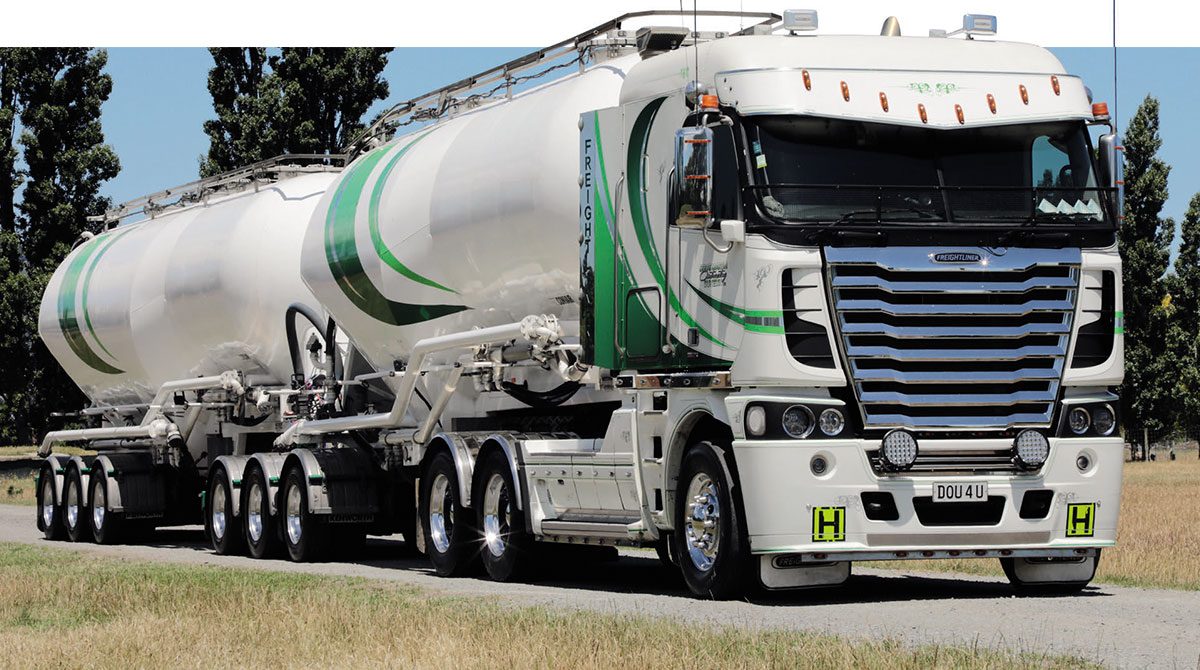
He’s also quick to extol the South Island’s legendary Freightliner salesman Trevor McCallum, saying, “Such a really nice guy and there’s nothing he didn’t know about a Freightliner. I sincerely wish Trevor all the very best.
“I’d have definitely replaced the milk-run Argosy with another in 2018 had the Freightliner story here not begun to change, with increased pricing and then sadly the end of the truck.”
We’ve just mentioned the Freightliner Argosy on flour, so that’s a good segue. It always pays to answer the knock at the door because, sometimes, it is opportunity, and in late 2016, Steve took on the bulk flour deliveries ex-Tīmaru to the Goodman Fielder bakeries in Dunedin, Nelson and also up to the Hutt when product flow required. The source point for loading has moved in the intervening years to a facility on Blenheim Road in Christchurch, and although Steve still calls Dunedin home, the flour tankers operate ex-the Garden City.
When it came time to replace the Argosy on flour in 2020, Steve did look at the big Cascadia, but the measurements didn’t quite fit, so Kenworth got the nod.
“The tractor’s been a good truck and attracts a lot of attention still. Last month, it slipped a liner and that’s been its first hiccup.”
Today, the fleet consists of five units – the two Kenworths on flour, the Scania, the Argosy as the spare flour tractor, and a devilishly handsome Western Star 4884 as a floating relief/ cover truck, or whatever else is needed.
The flour tankers run Christchurch/Dunedin, Christchurch/Nelson and Christchurch/Wellington. The hectic triple-shifted milk and produce run still largely follows the same pattern, except the interior run has moved from Southland to Central Otago.
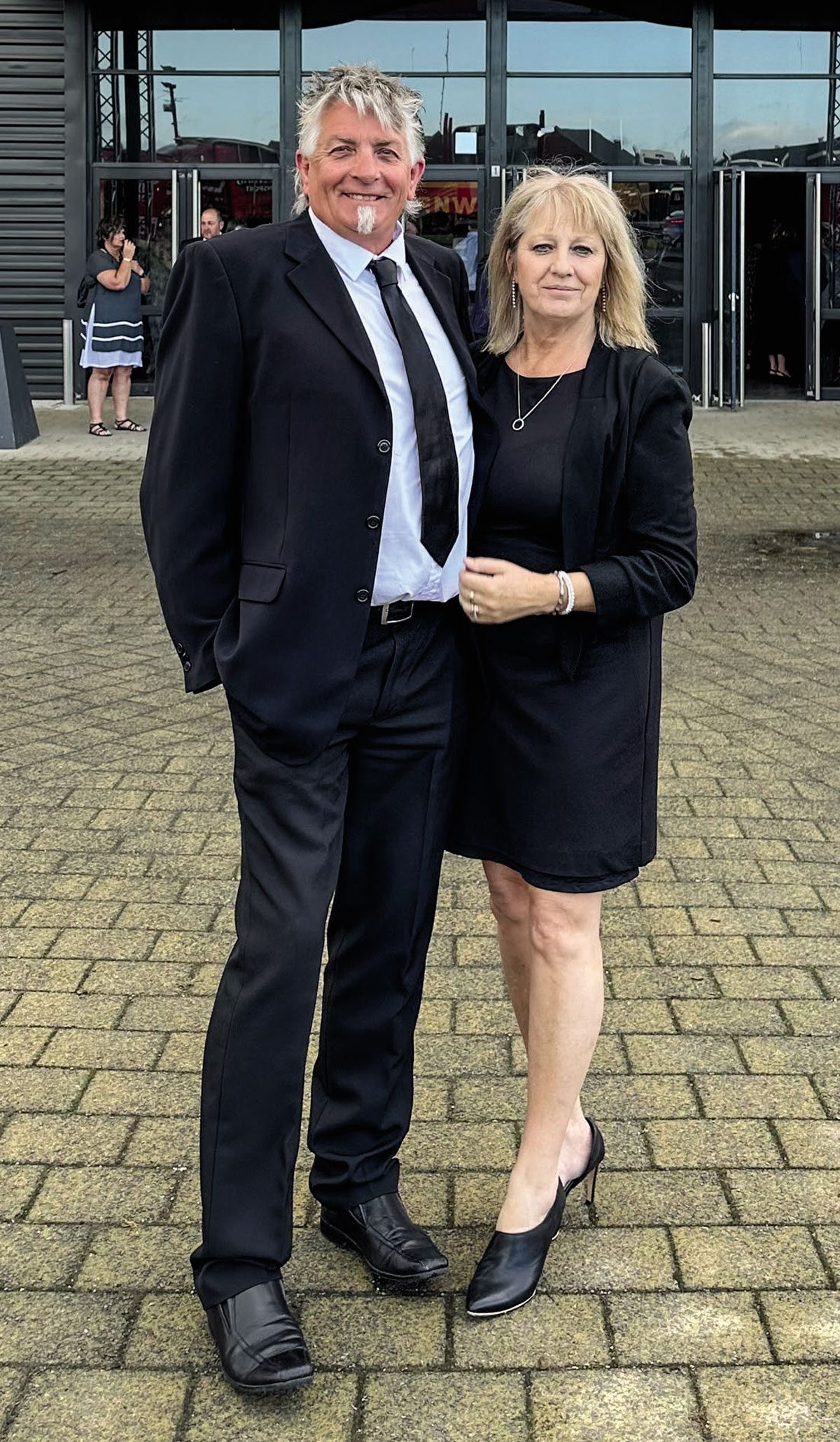
Day to day, Steve keeps the milk and bits and pieces rolling along, and filling in the gaps where needed – a great way to keep tabs on your business and understand what’s going on at the frontline. The reality is he loves trucks as much today as he’s ever done, and that’s where he likes to be most.
Steve confides, although he didn’t have any biological children, he has three awesome step children – Kane, Kate, and Dave Fitzgerald – along with two gorgeous grandsons, Lincoln and Lochie. Dave followed in Steve’s footsteps, with his love for trucking, and drives for RD petroleum.
Nephew Reece Martin runs the flour operation. We met Reece in the March 2021 Top Truck article. Being Steve’s nephew, and interested in the flour side of the business, he is the logical destination for succession. “He loves it, and he’s always on top of the game. He can pretty much tell you at any moment how much flour is at the various destinations, and where the trucks are going. No business runs without a pulse, and Steve does not hesitate to acknowledge family, mentors, bosses, peers, colleagues and staff throughout his career and takes great pride in the young people he’s helped into the industry.
He enjoys meeting and yarning with folk, although he’s certainly not a sufferer of fools in any way; you can’t be to stay in business, especially one as intense as his, with the uptime the trucks are expected to have. You could say Steve runs the old General MacArthur chestnut of beginning the relationship with 100% of his respect, and then it being up to you to maintain that. All that good stuff aside, he’ll admit in a heartbeat who the cornerstone of his approach and attitude is – his wife Robyn.
“Robyn’s a registered nurse, working at the hospice as a community coordinator, helping people through end of life. She loves her job, and says it’s an absolute privilege to meet and help people when they’re at that point in their journey. Robyn supported her own mother and both Mum and Dad through to the end of their lives. I can’t put into words the respect I have for her. She’s just bloody amazing.” He chuckles, “When I’m a bit stressed, she just has this way of putting the whole thing into perspective, calming me down, and we’re good to go. She is one amazing lady and I love her to bits.”
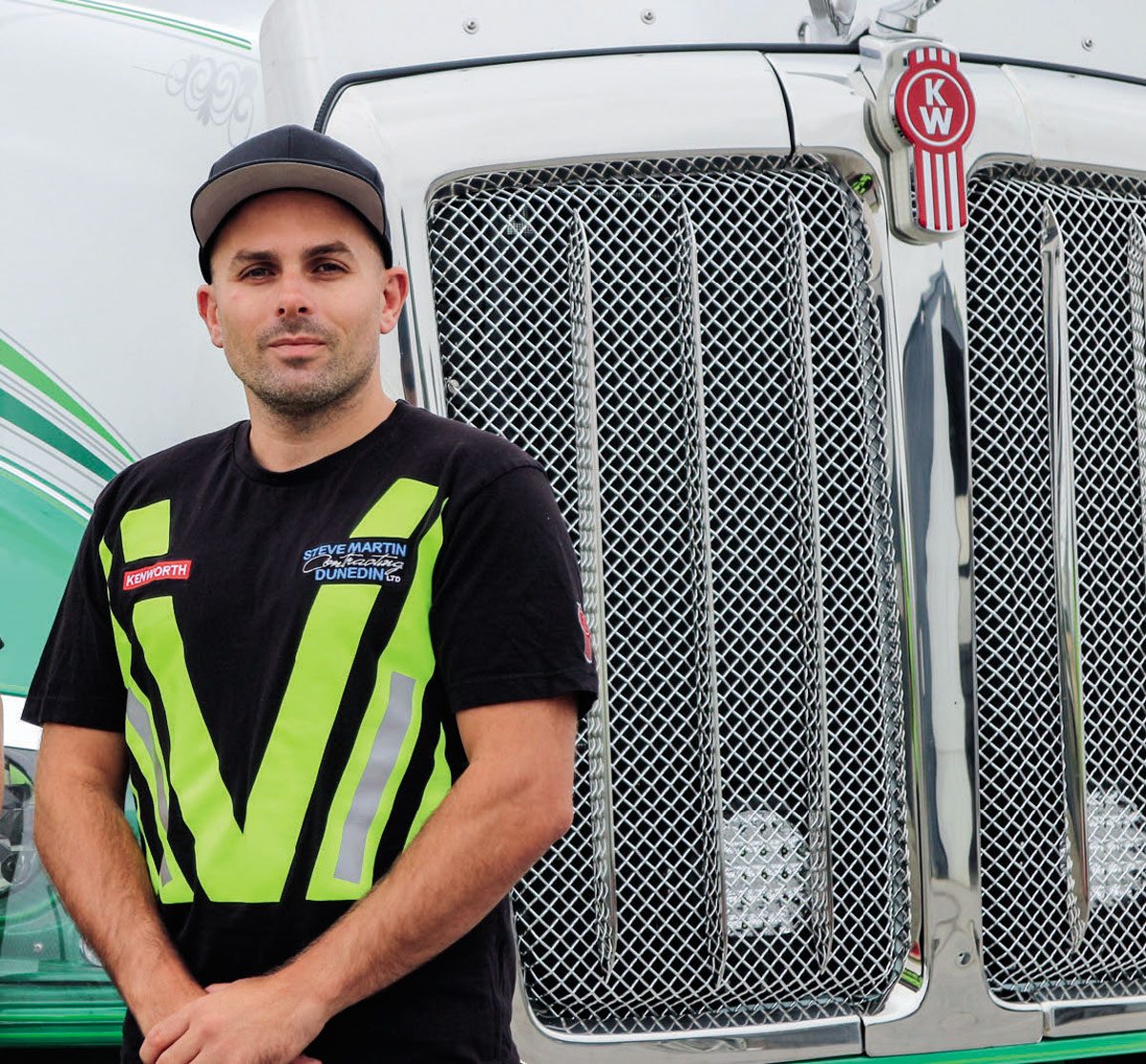
Acknowledgements
What an absolute blast for two days. It was really just a bunch of truckheads having the best time with a superb machine. Thanks to Steve for letting us do this on his 20th year in business, and making it happen so easily from his end. All the best to one of the industry’s true good guys. Thanks to Chris Gray and Richard Smart for Southpac’s ever-willing cooperation and support.















